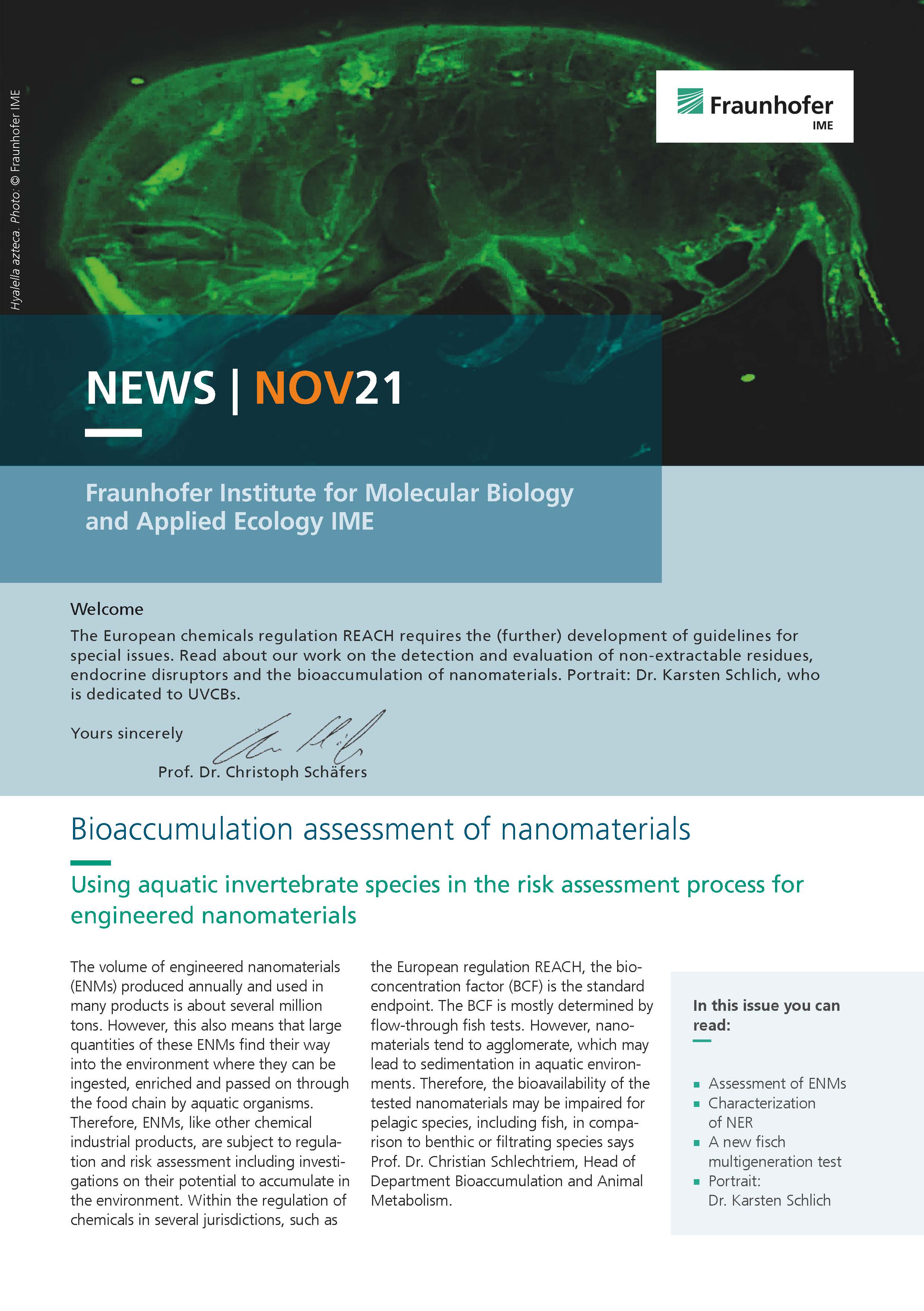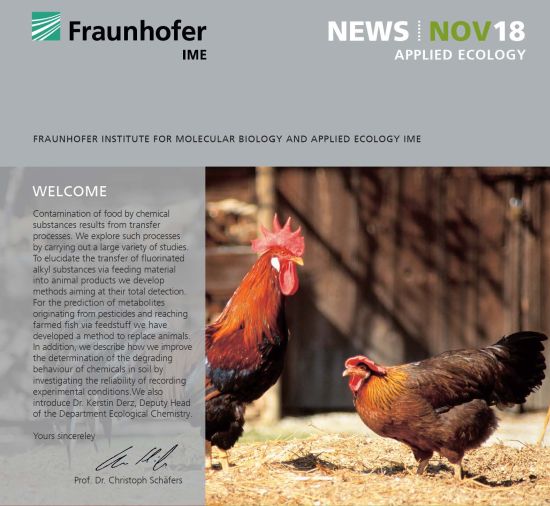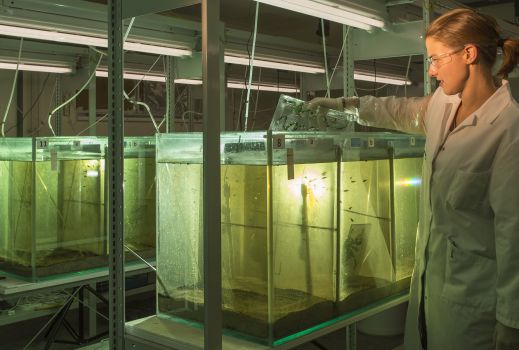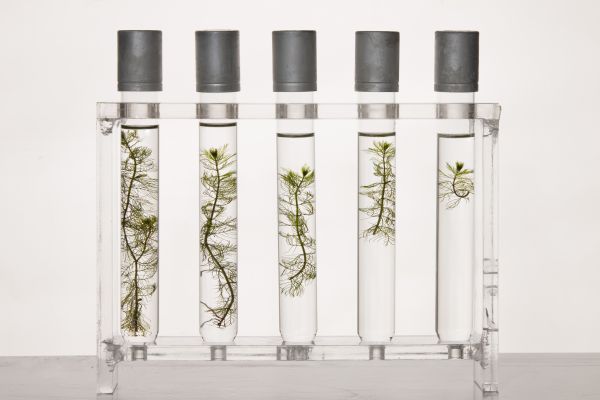Research and Development for our Customers

Biotechnology is the basis of the bioeconomy and contributes sustainably to the knowledge-based production and industrial use of biogenic raw materials. On behalf of our customers, the Fraunhofer IME Molecular Biotechnology Division establishes tailored plants and microbes for applications such as the production of food and renewable raw materials, the manufacture of technical and pharmaceutical proteins, and the handling of anthropogenic pollutants including greenhouse gases, which we can exploit to produce valuable substances. Our synergistic activities in the fields of green and white biotechnology have allowed us to become established successfully in the research landscape and on the market. We offer our partners in academia and industry a comprehensive research and service portfolio.
 Fraunhofer Institute for Molecular Biology and Applied Ecology IME
Fraunhofer Institute for Molecular Biology and Applied Ecology IME















